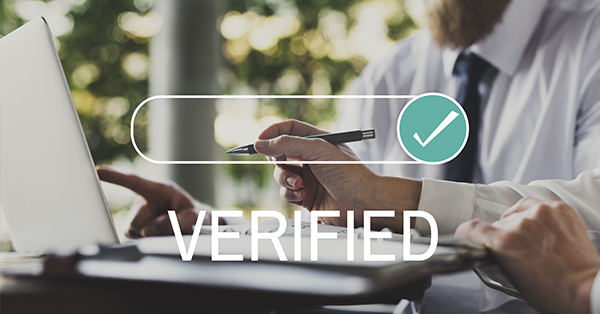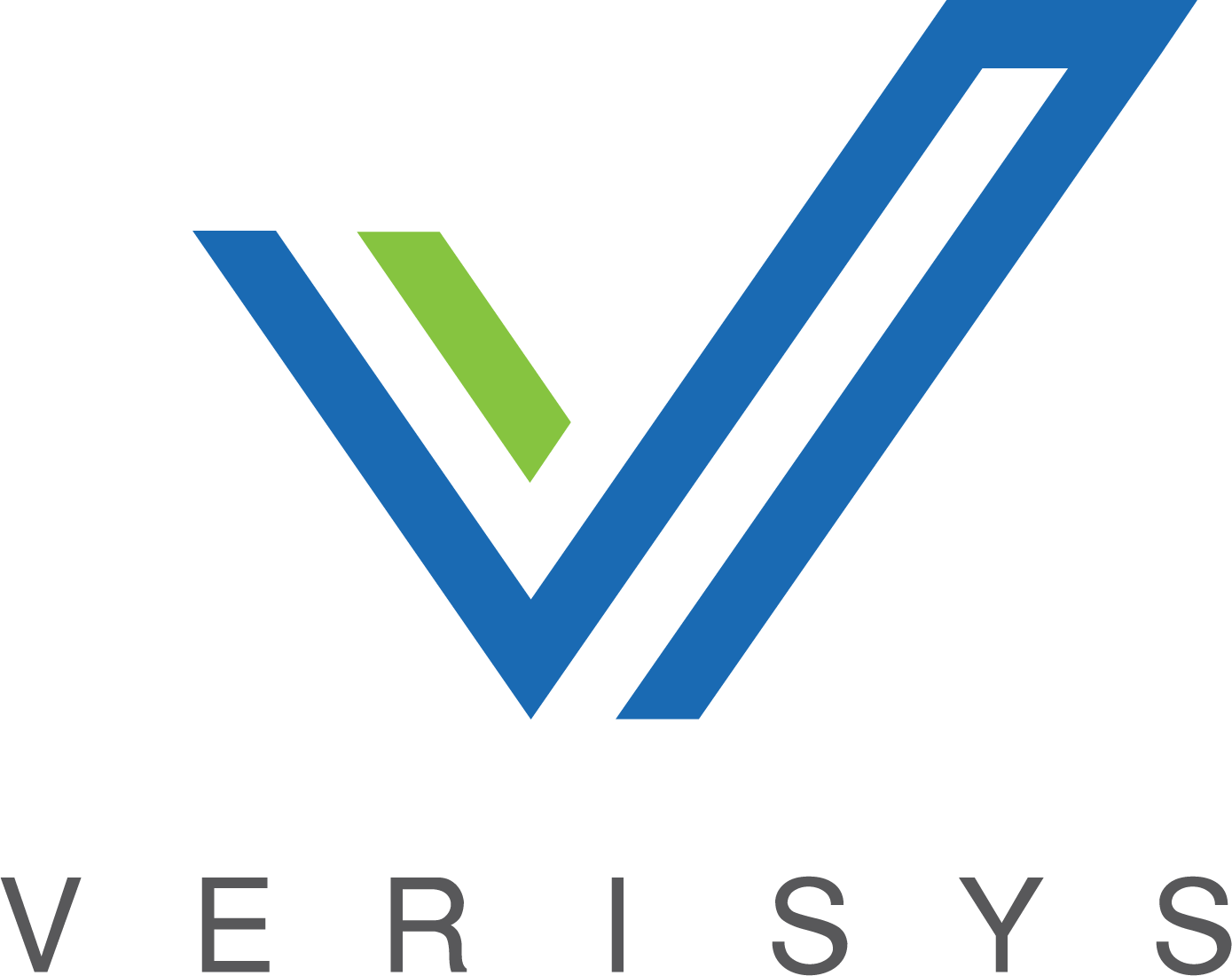– The best resource for monthly healthcare regulatory compliance updates. Compliance Updates: April 2024 Overlook: Licensure Compacts Other Legislation Board Updates Interstate Medical...


What is Primary Source Verification?
Primary source verification is an essential step in provider credentialing. Provider credentialing, the process of verifying a provider’s credentials before a hospital grants privileges, helps ensure patient safety both when a new provider is hired and on a regular basis every two to three years. By checking that a provider’s qualifications are valid and current, healthcare organizations help ensure quality patient care. If a healthcare organization neglects to perform provider credentialing properly, a payer can refuse to reimburse the provider for services.
According to the Joint Commission, “primary source verification (PSV) is required for confirming that an individual possesses a valid license, certification or registration to practice a profession when required by law or regulation. It is the responsibility of the accredited organization to complete PSV, not the licensed individual.”
Primary source verifications completed during the credentialing process protects patients. When hiring a provider or performing routine credentialing, the government expects healthcare organizations to verify that all providers have valid and current licenses as required by their professions. This means the organization must contact the original source (or its authorized representative) that issued the required document to verify the provider’s licensure and/or certification.
Why Is Primary Source Verification Important?
If an organization fails to verify its providers’ credentials through a primary source, they risk gathering inaccurate, biased, or incorrect information from other sources. Primary source verification and documentation protect patients by ensuring that providers are qualified and competent to practice and that their license is in good standing.
Without primary source verification, healthcare organizations may unknowingly risk patient safety. Whenever possible, organizations should obtain information from a primary source through direct correspondence, telephone calls, electronic verification, or credentials verification organization (CVO) reports.
What Is A Primary Source?
Primary sources include the following: government agencies, educational institutions, former employers, and professional associations.
State and Federal Agencies:
Educational Institutions:
Former Employers:
Professional Associations:
Where primary source verification is not possible, secondary sources are the next best option. This may occur in situations where primary source data is not available, such as a medical school or hospital that has closed. In these situations, organizations should do all they can to obtain the data, including checking with successor organizations, determining if original documents were sent elsewhere, or contacting other hospitals or schools in the area for information.
How Verisys Can Help with Primary Source Verification
Although primary source verification requires significant time and resources, healthcare organizations must prioritize this process to protect patients and maintain compliance. With limited in-house resources to complete the complex, time-consuming process of primary source verifications, many healthcare organizations use a credentials verification organization (CVO) to streamline provider credentialing.
Verisys, a CVO preferred by healthcare organizations nationwide, screens and monitors the license and exclusion status of your practitioners against thousands of primary sources. By performing primary source verification on your behalf, Verisys can save you time and money, allowing you to focus your staff and resources on patient care while minimizing the risk to your organization. Contact Verisys to find out how they can make provider credentialing easier for you.
Free Data Insights White Paper
In today’s world, the competitive advantage comes from going above and beyond the minimum requirements of regulatory requirements.
Download Verisys’ free white paper to help you understand how data protects patients, your organization, and the health care industry.
 |
Written by Verisys Verisys transforms provider data, workforce data, and relationship management. Healthcare, life science, and background screening organizations rely on our comprehensive solutions to discover their true potential. Visit verisys.com to learn how we turn problems into power.
|